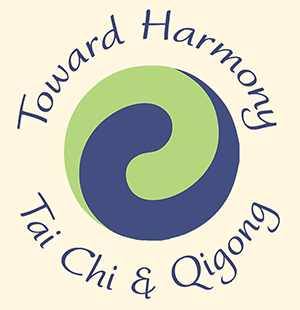"Muscularly Focused" or "Naturally Fluid"?
/The predominant model of a healthy body today, at least in western culture, is focused on muscular strength. Having a tight, hard, muscular body is associated with health and fitness.
Yet the ancient Chinese who developed qigong - and much later, tai chi - used the young child’s body as a model for health and movement.
Who are the healthiest, most energetic and resilient people on the planet? Healthy young children have us all beat in this department. If you’ve ever tried to keep up with one, you know this to be true.
Young children’s bodies are supple, springy, and resilient. They are soft but strong (for their size). They are quick, and they stand and move in a relaxed way. They move with their whole body, and every part of them seems very alive.
Qigong and tai chi are designed to cultivate these qualities of the young child’s body.
Of course, good muscle tone is important. If your muscles are too weak and floppy, they cannot function well. But the muscles are only one part of the picture of how the human body works. Excessive muscular tension and strength saps a lot of energy, and can hamper the function of other systems in your body.
By practicing qigong and tai chi, you can train yourself to stand upright in good posture and with a minimum of muscular effort. You develop your balance and body alignment so that the weight of your body can be threaded down along and through your bones, joints, and connective tissues to the ground. This allows your muscles to relax.
These practices improve the health of your joints, ligaments, tendons and fascia, and teach you to recruit the natural elasticity of these tissues in your posture and movement.
Developing awareness of the whole body is another key element to this approach. To fully integrate all of the parts of the body so that they move as one, we must learn to fully inhabit the body with the mind.
When the body and mind move together as one unified whole, it is possible to develop the fluidity of movement that we often refer to with the word “graceful.”
At Toward Harmony, we call this model of health and movement the “Naturally Fluid Body and Mind.”
It is based on the way that humans naturally move as children, but which we usually lose as we grow older. Rather than learn new ways of moving, we seek to peel away the layers of tension and unhealthy movement patterns we have acquired and return to the way we moved - and the good health we had - as children.



